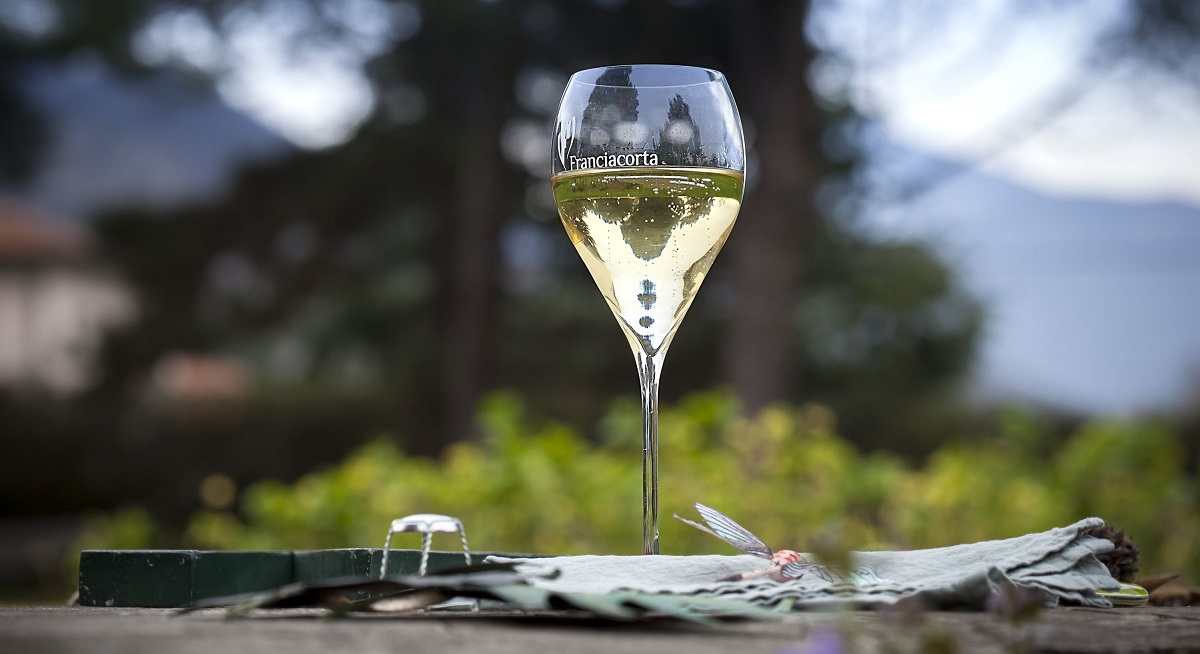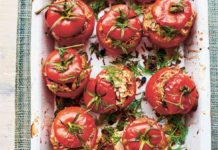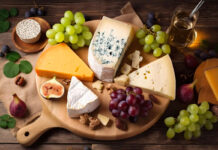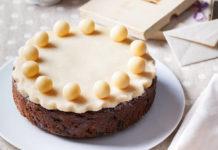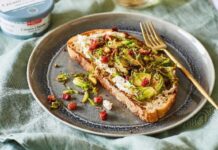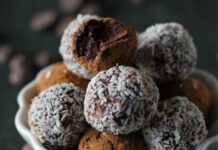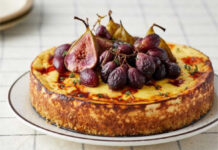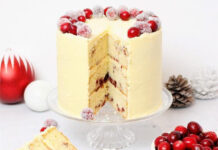Put your foot down and head to the southern shores of Lake Iseo and among the aristocratic villas and palazzos, you’ll come across an A-lister that up until now has been content to keep a low profile – Franciacorta wine.
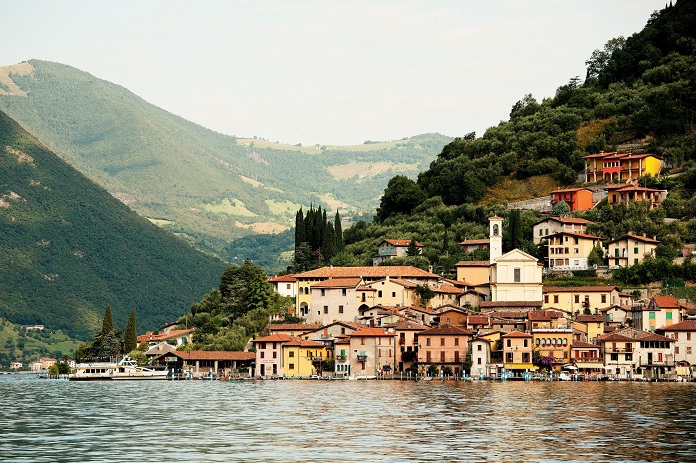
One of the country’s best kept secrets, Franciacorta is Italy’s answer to champagne. But just like a supercar, these top flight wines remain largely out of reach. Standards are high (the region has DOCG status), production is low (17.5m bottles annually) and they only export a tiny amount around the world.
But we seem to be developing a thirst for premium sparkling wines and trend for ‘drinking less, but better,’. So the Franciacorta Consorzio (regional wine organisation) is hoping to raise awareness and pave the way for more of their fantastic fizz to be other than a once-in-a-lifetime drinking experience driving through its beautiful wine route.
Here’s what you need to know about Franciacorta wine
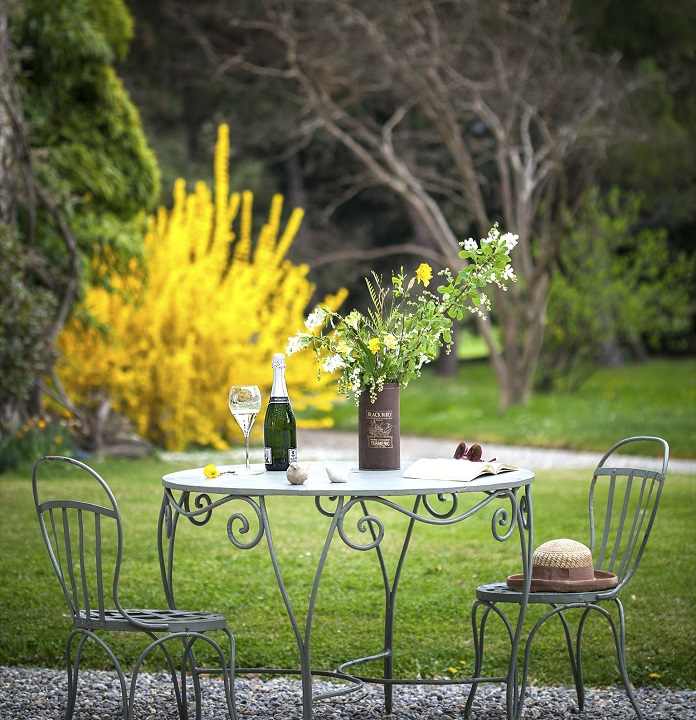
1. Franciacorta bears the region’s name
“The first thing to know about Franciacorta is it actually describes three things,” says Tom Harrow, UK brand ambassador, Franciacorta.
“It describes the region, the wines and the method of production. These amazing sparkling wines are predominantly made with chardonnay, pinot noir and pinot blanc.
“The method of production is the second fermentation in the bottle, as champagne and English sparkling wine. So very different from prosecco.”
2. Organic viticulture is key
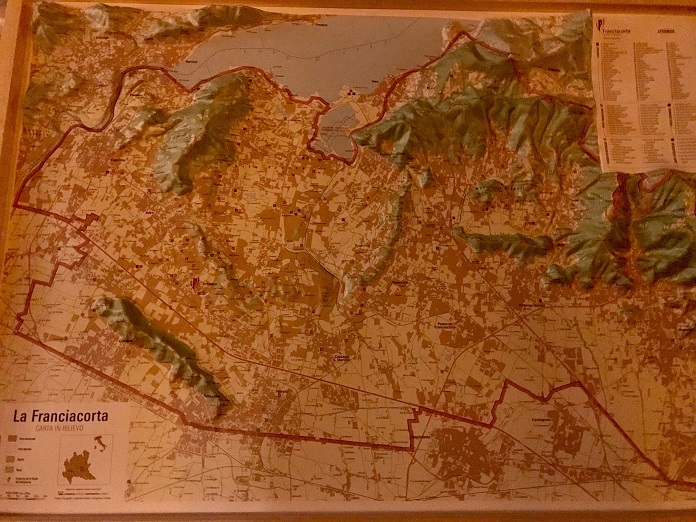
“One of the overriding factors is their commitment to sustainable viticulture. 70% of the region and rising is organic or in conversion,” says Harrow.
3. The climate’s perfect for growing grapes
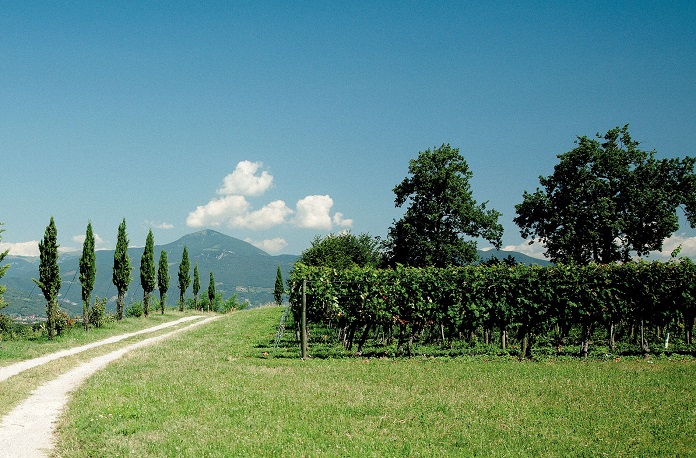
“Its warm microclimate means you get naturally riper fruit, but at the same time you get these cooling breezes coming down from the Dolomites and across from the Lake, which keeps the freshness in the grapes.”
4. The dosage (added sugar) is lower than usual
“A good temperature difference night and day means you get naturally ripe fruit that doesn’t lose acidity. And this means you don’t need a big dosage (sugar level). So dosage in Franciacorta is much lower than you find elsewhere.”
Zero dosage (brut nature) is the driest. While extra brut is very dry (up to 6g/l) and brut, the most common, is less than 12g/l, but normally up to about 10g/l.
And yet, where some zero dosage or extra brut styles can be rather aggressive and a bit astringent, as Harrow point out: “Franciacorta has this lovely balance. This is because of this ripe fruit and extended time it spends maturing in the cellar on its lees (a minimum of 18 months) which allows the wines to knit together and develop complexity.”
5. How it differs to other sparkling wines
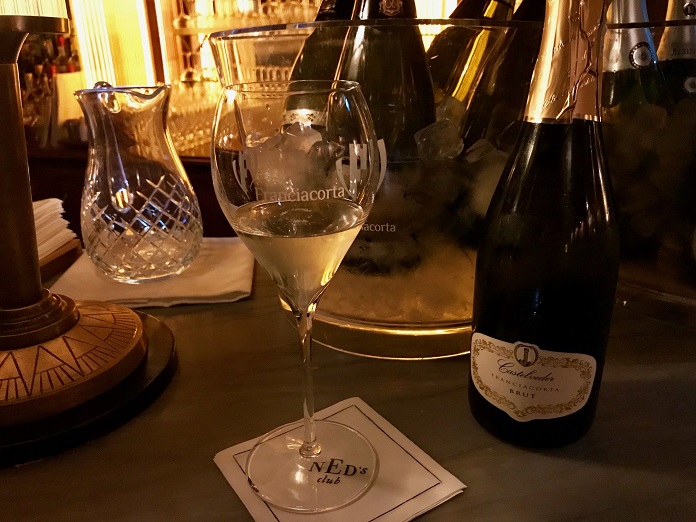
“It’s the balance, the sapidity [tastiness], that lovely, very fresh, salty finish and digestibility.
“That’s the great thing I find about Franciacorta, you can enjoy more than one glass very, very easily, and more than one bottle, very very easily,” says Harrow.
6. There’s a special edition Franciacorta and stand out style
The seductively named Satèn (meaning silk in Italian) is made from 100% chardonnay. It’s unique to the region and appreciated for its sensuous silky palate, enticing scents of spring blossom and soft acidity.
“It’s bottled at a lower bar pressure, so five bars rather than six or seven. That makes it more silky, smooth and creamier, and therefore again, more digestible,” explains Harrow.
7. If you love rosé, you’ll love Franciacorta Rosé
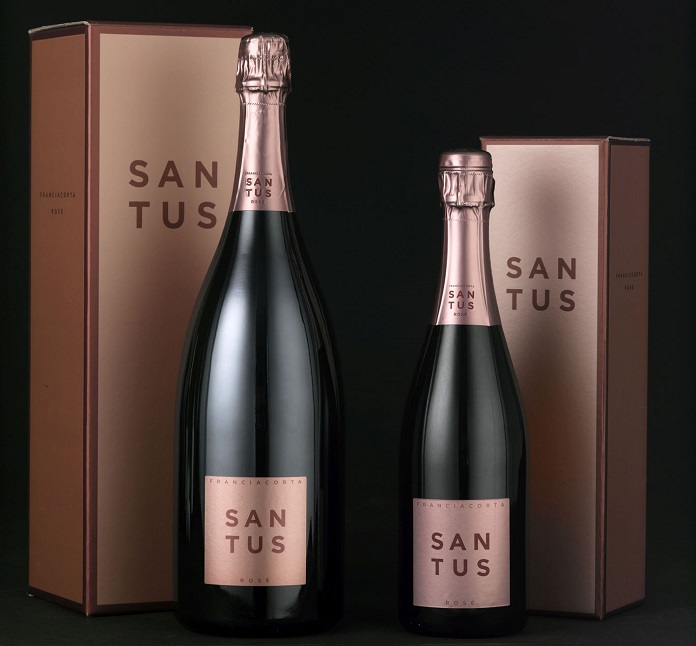
A salmon pink rosé with a lovely peachy nose, strawberries and cream, Franciacorta Rosé Santus is worth seeking out for its rich, expressive, minerally flavours.
“With a nice degree of sweetness and ripeness of fruit, there’s that saline, fresh crunchy feel which gives the wine great energy and complexity. The moment sparkling wines start to taste heavy or dense, they lose the reason why we love them so much. You want them cold and you want them fresh,” says Harrow.
8. Frank Sinatra was a fan

Monte Rossa Cabochon Brut “was Frank Sinatra’s favourite Franciacorta” says Harrow.
“Monte Rossa Coupe Franciacorta (£19.70, Italvinus) is their entry level brut nature and it’s absolutely the smell of the ocean. It’s crushed oyster shells, a touch of brine, it’s got that salinity, and this style of wine goes brilliantly with shellfish. If you’re an oyster lover, absolutely delicious.” Bellissima!
To learn more about the wines of Franciacorta, visit franciacorta.net. For more stockists visit Uvinum and Tannico.
You may also be interested in…























































